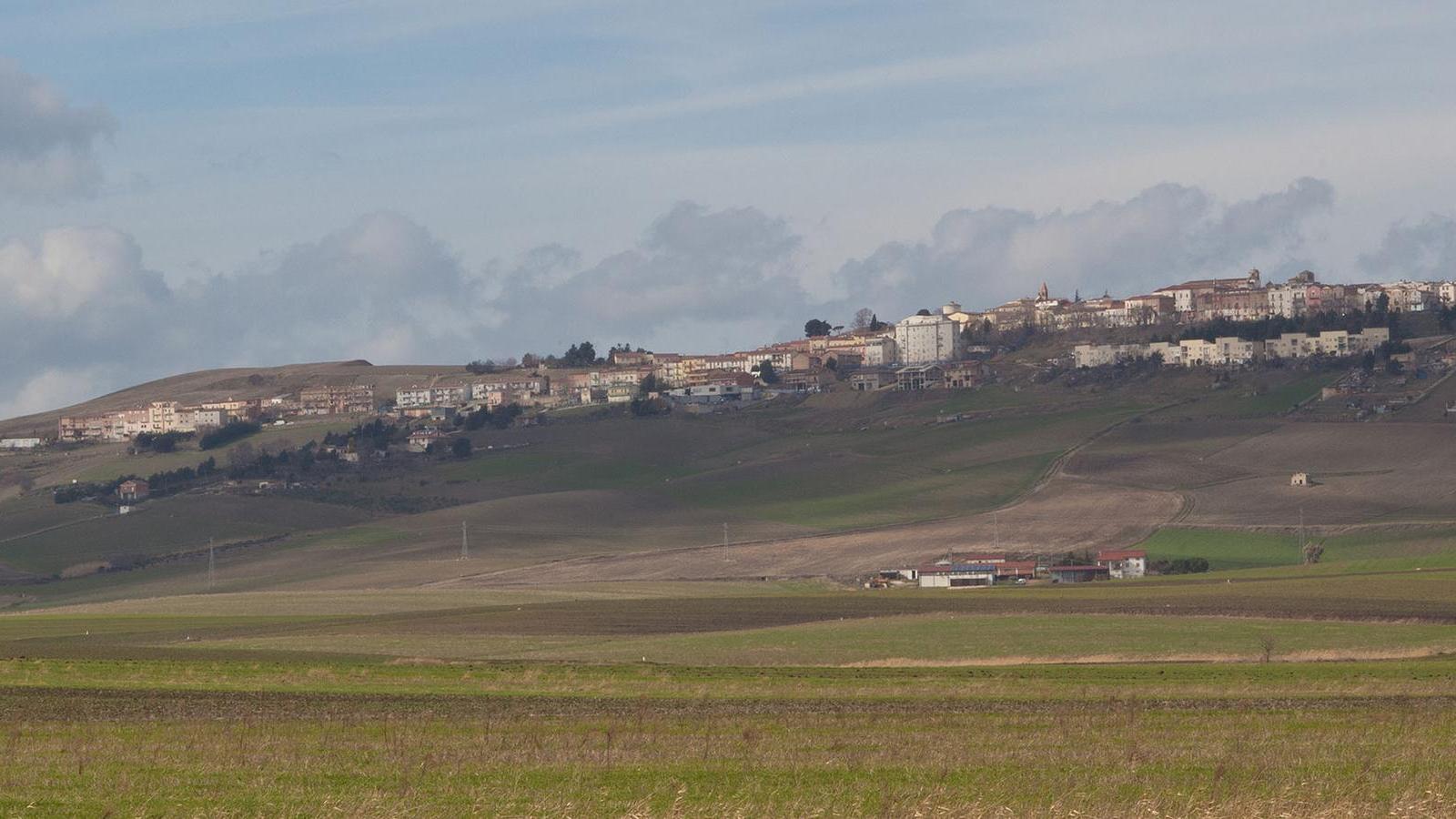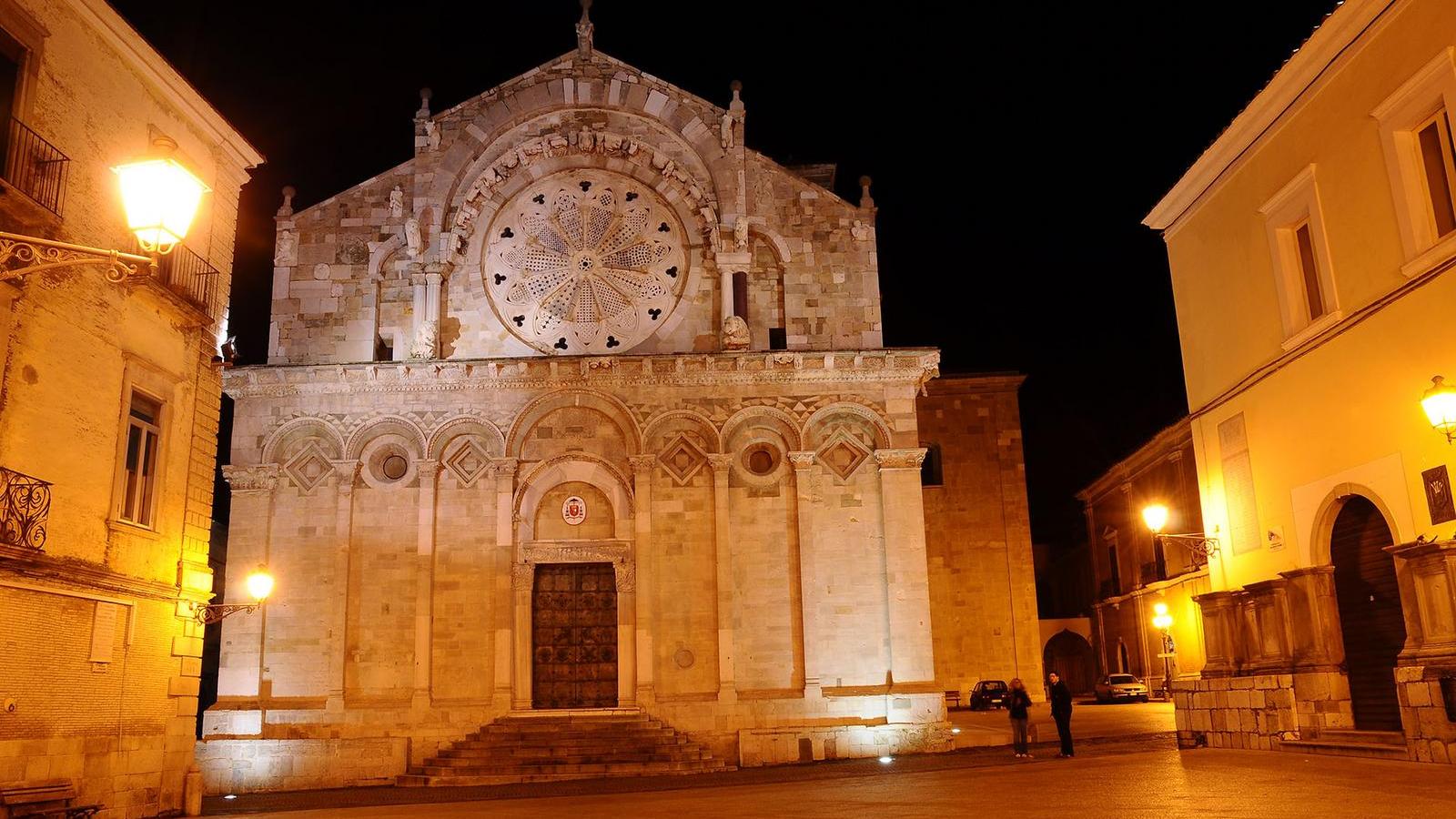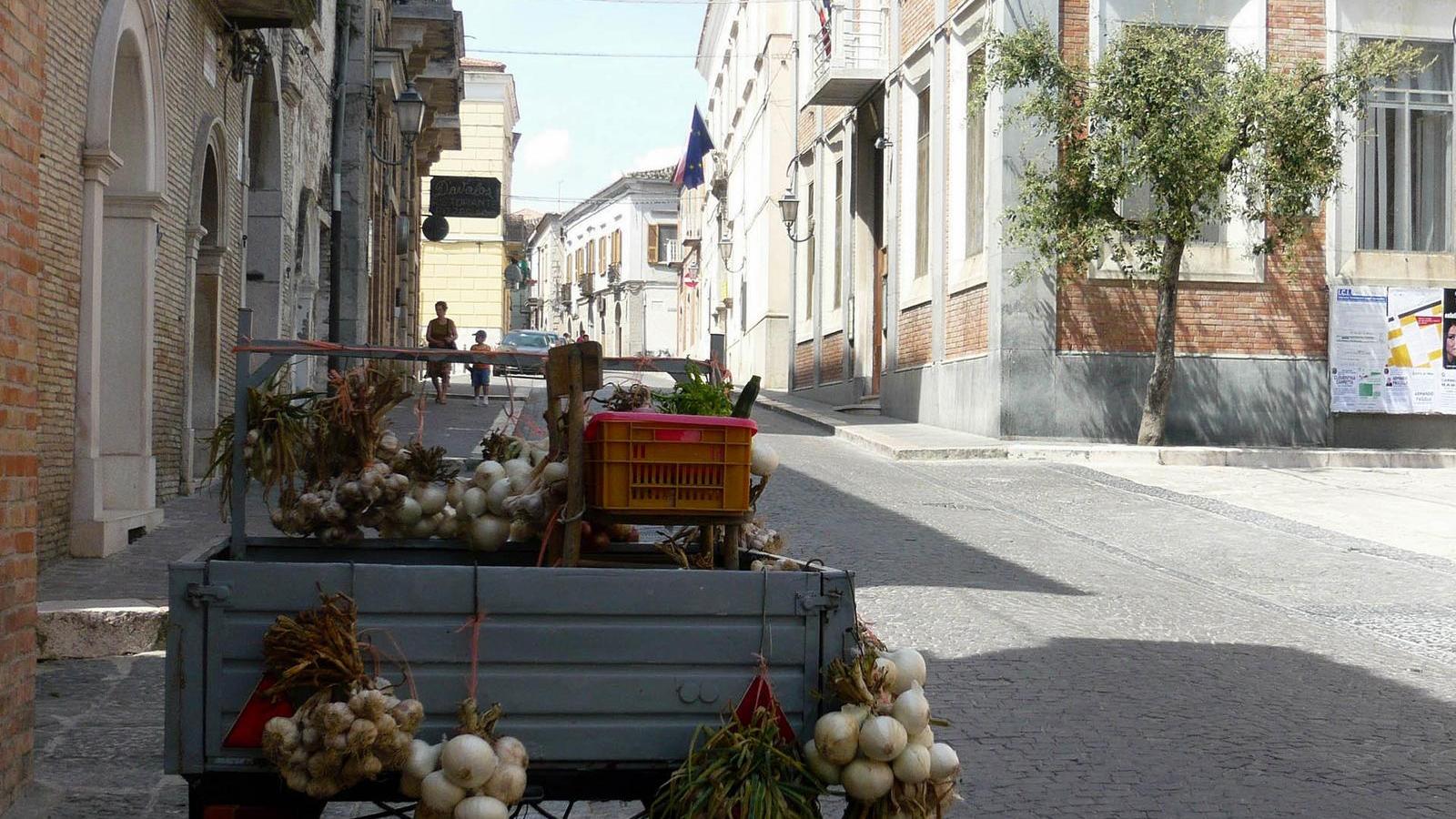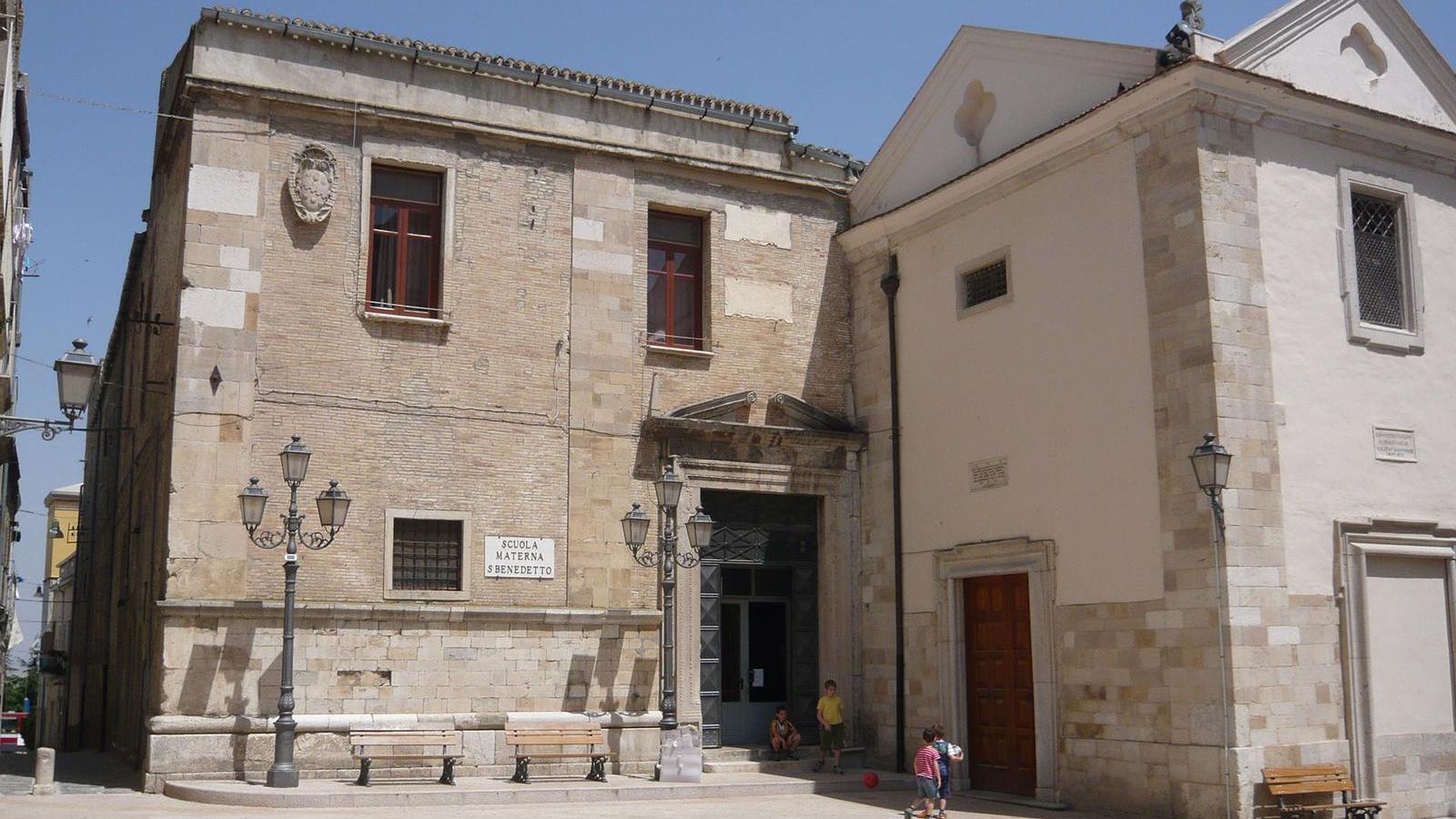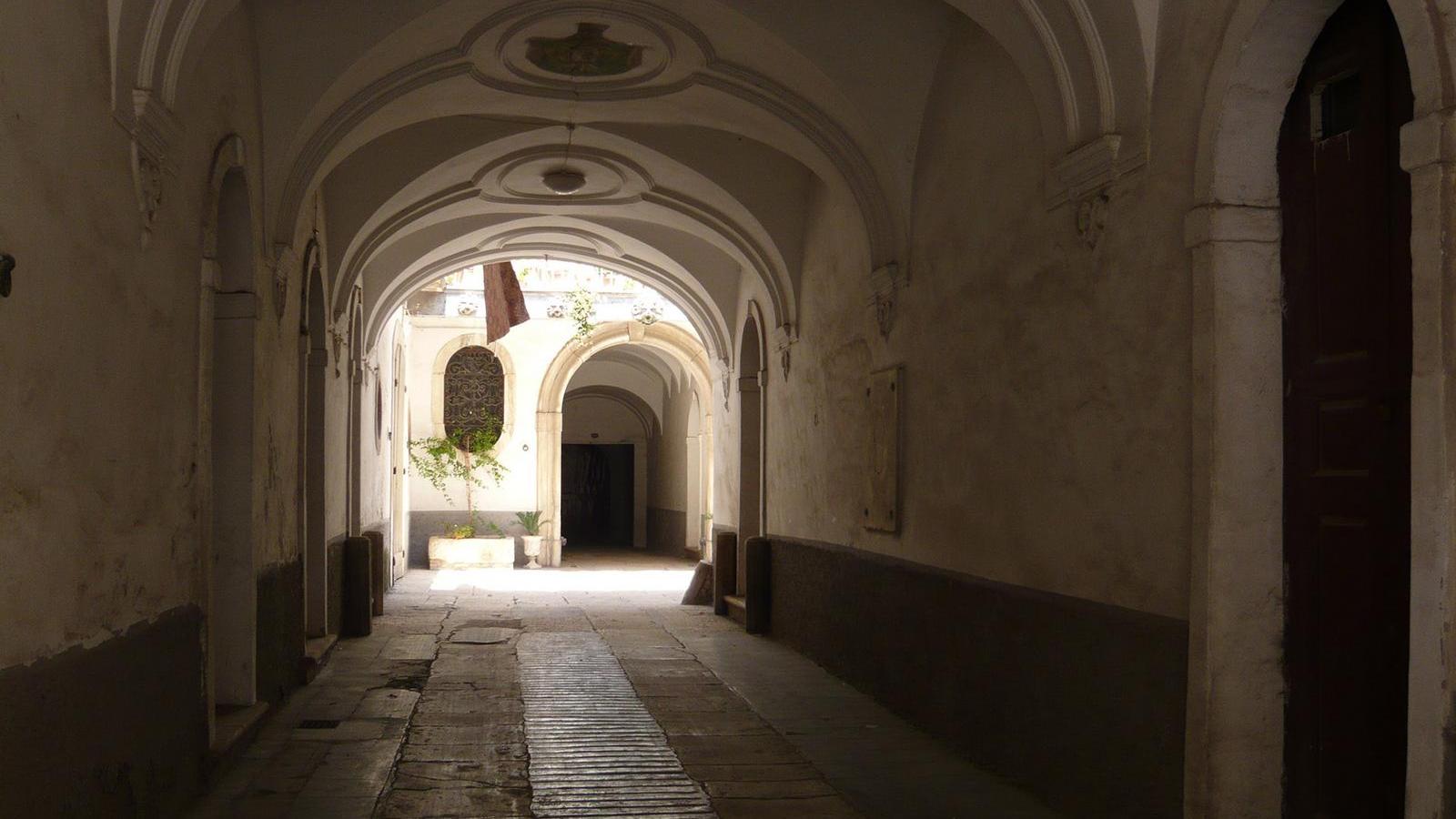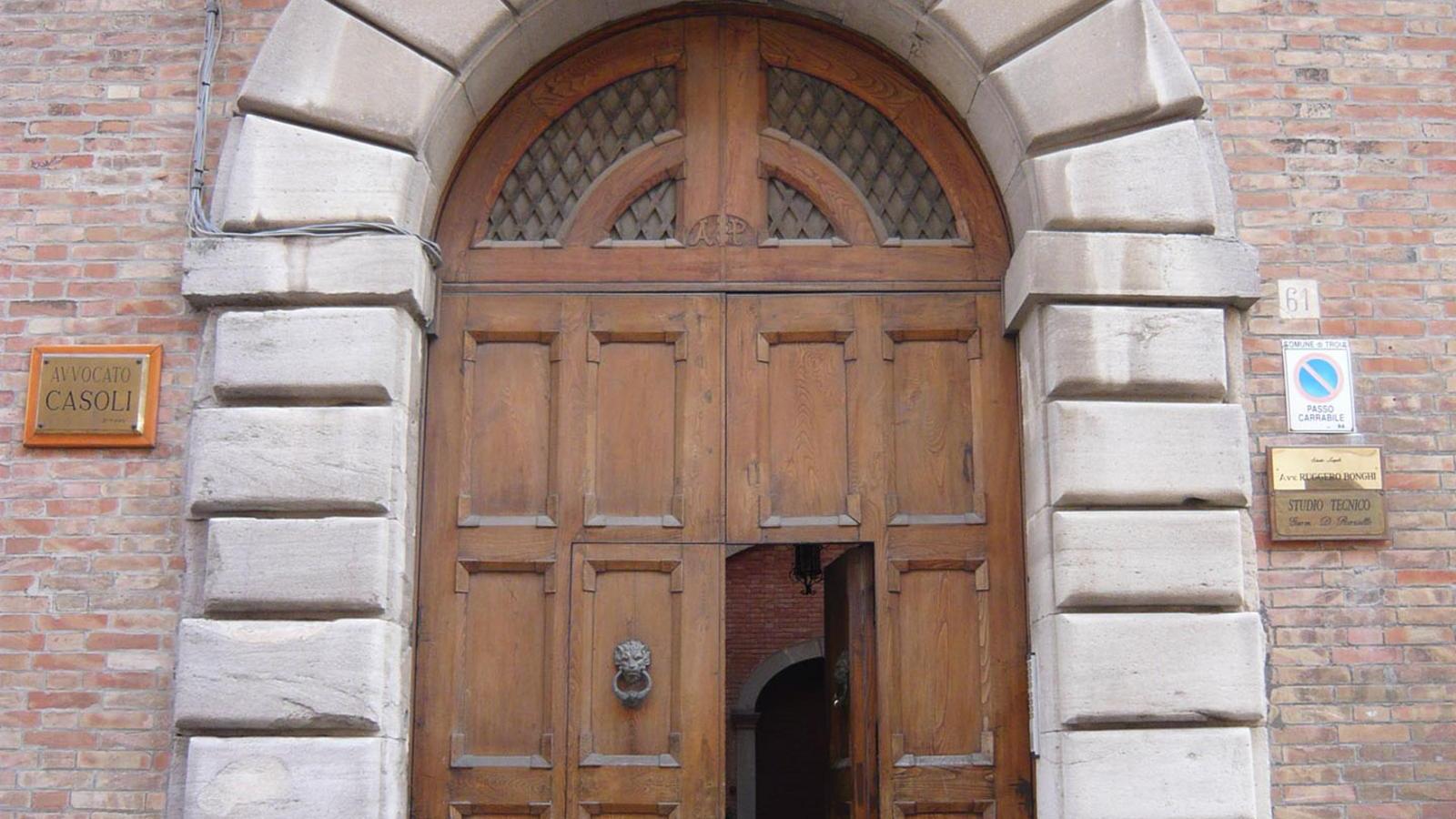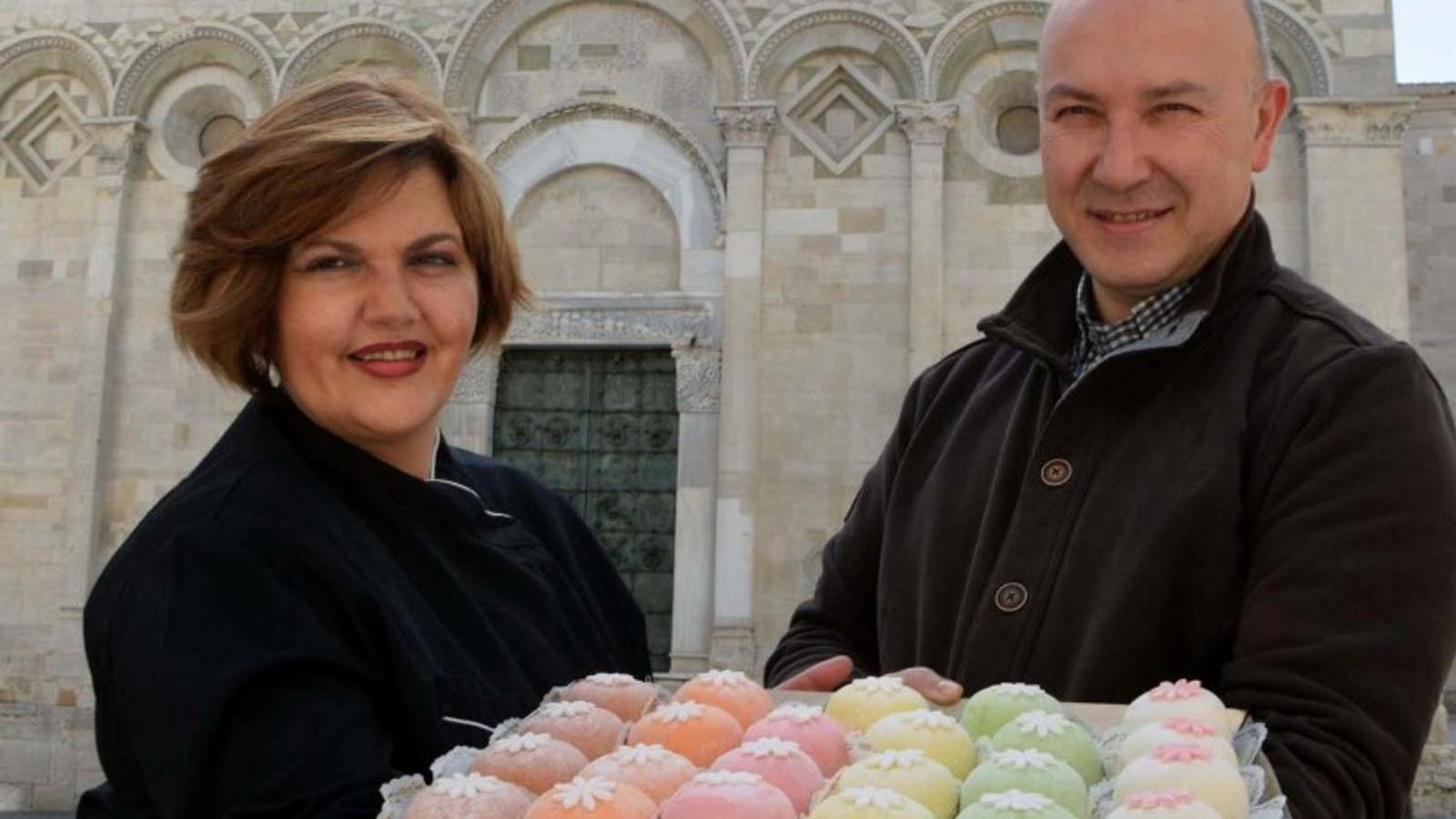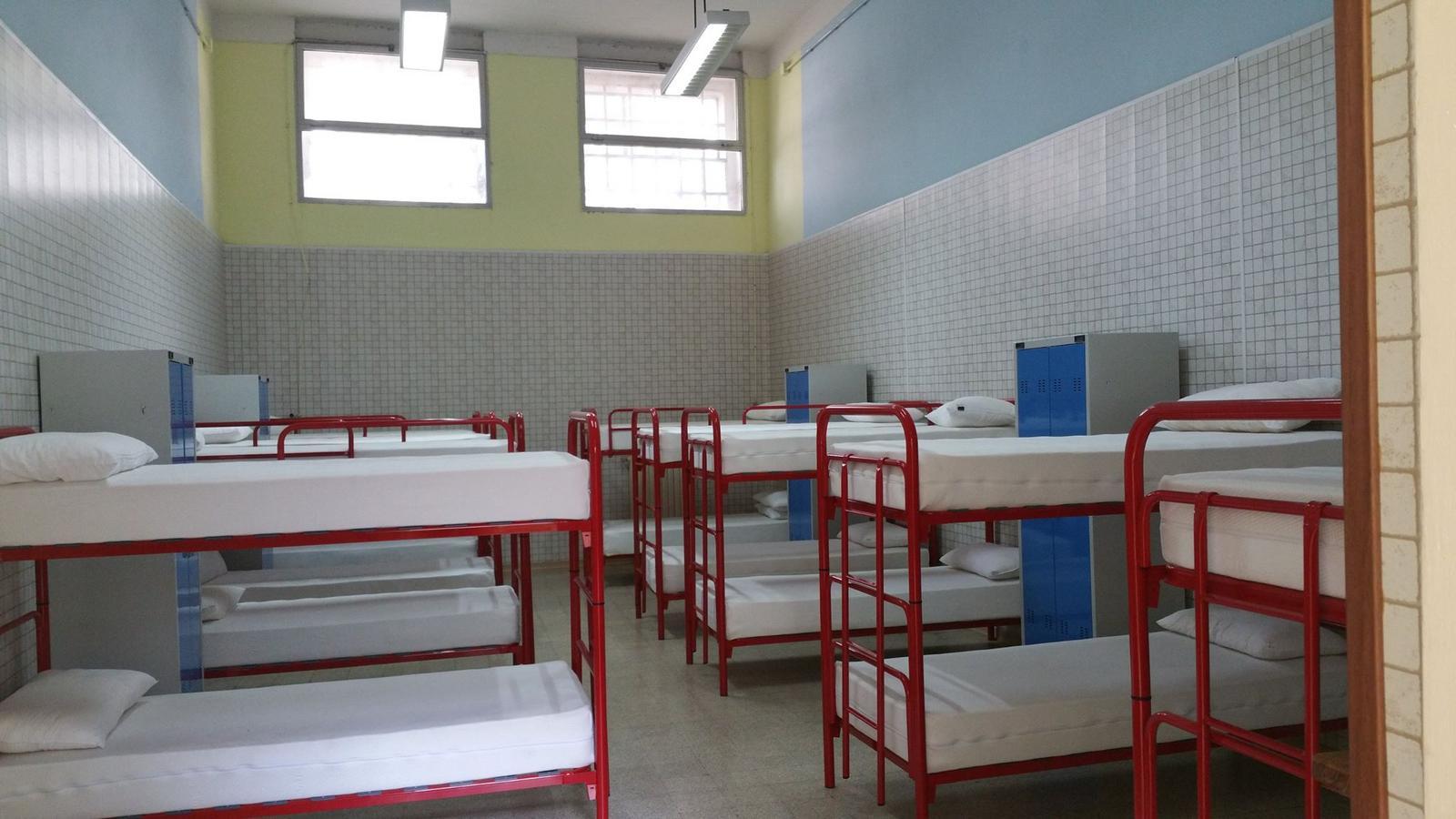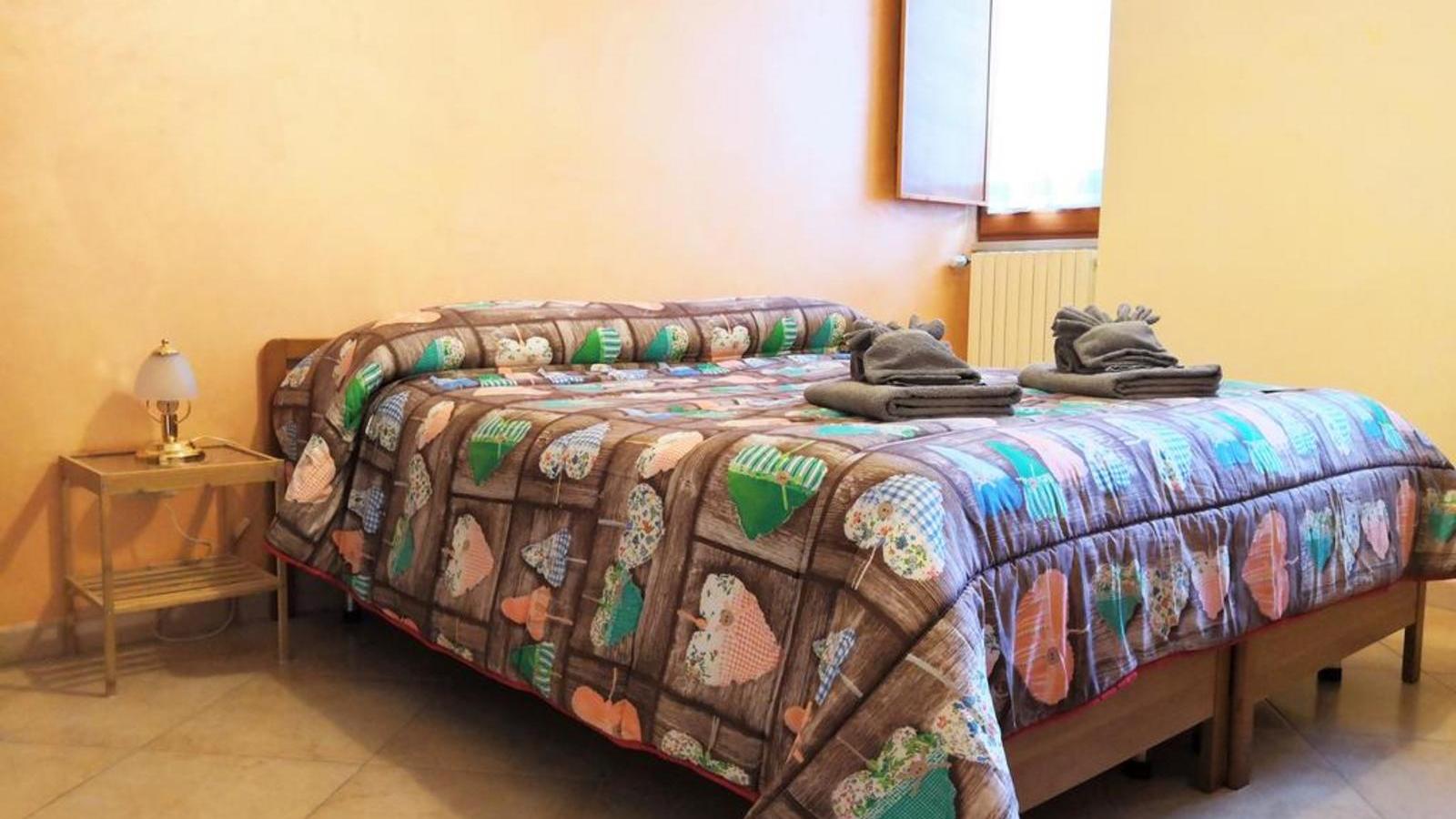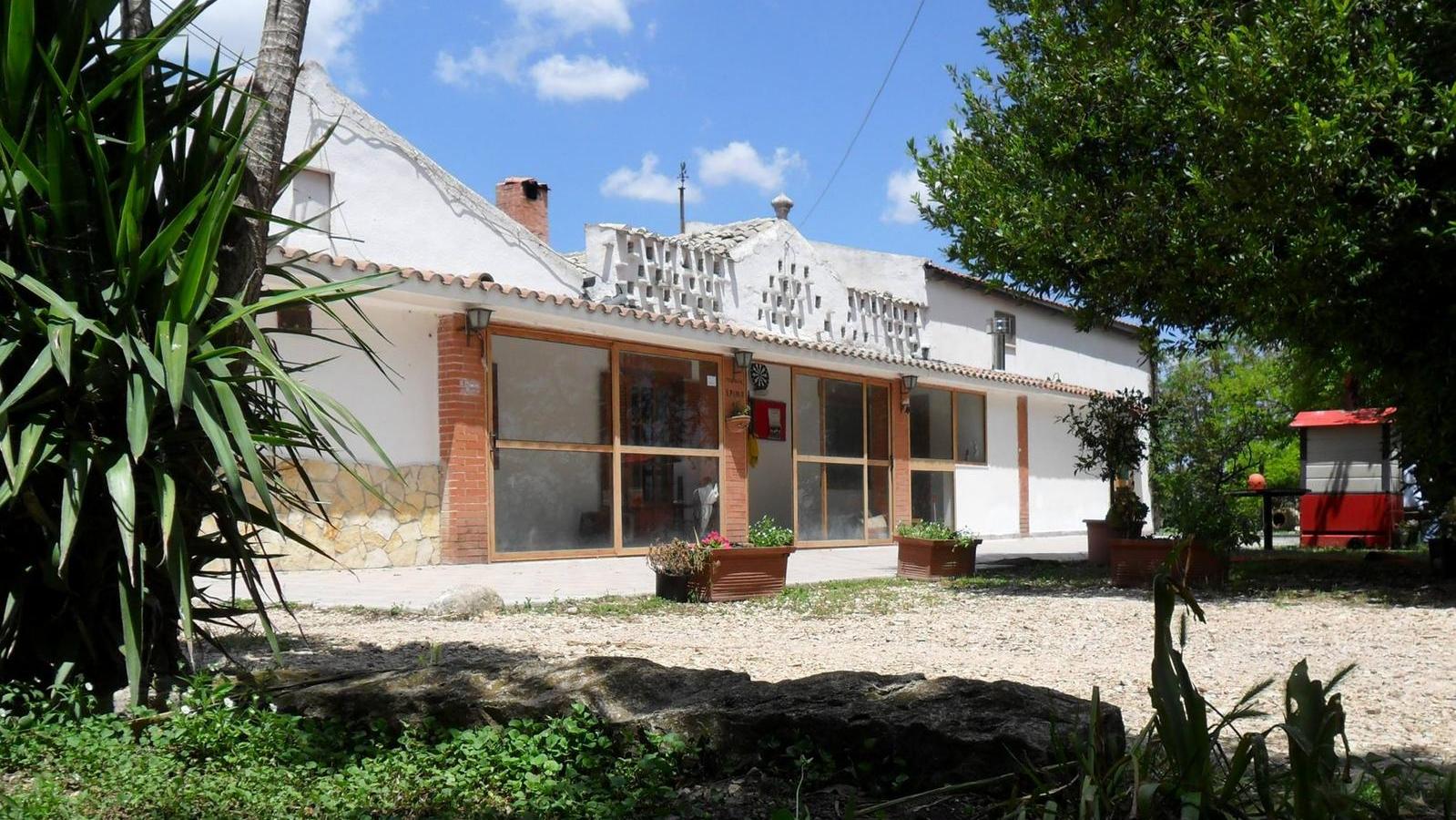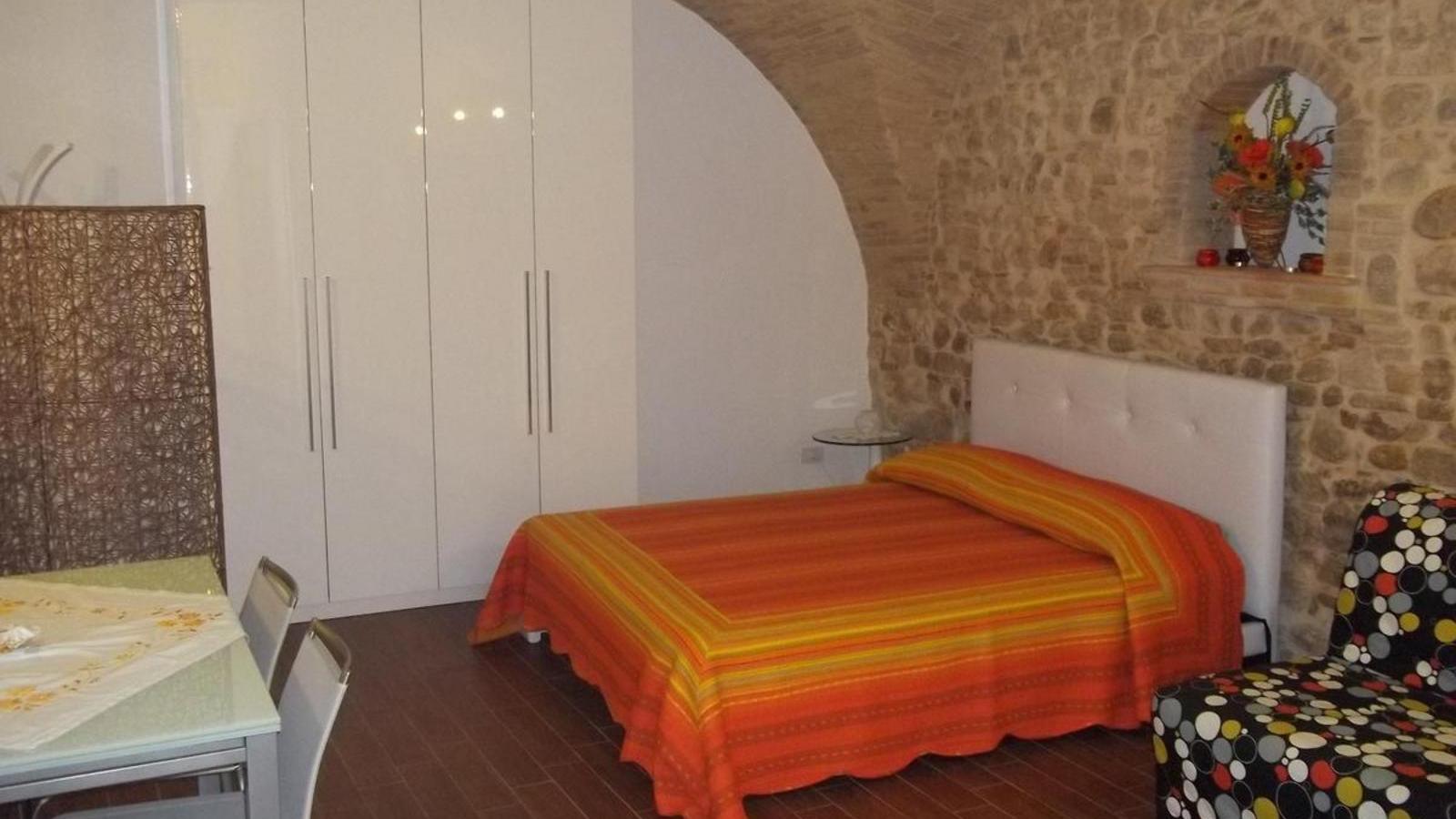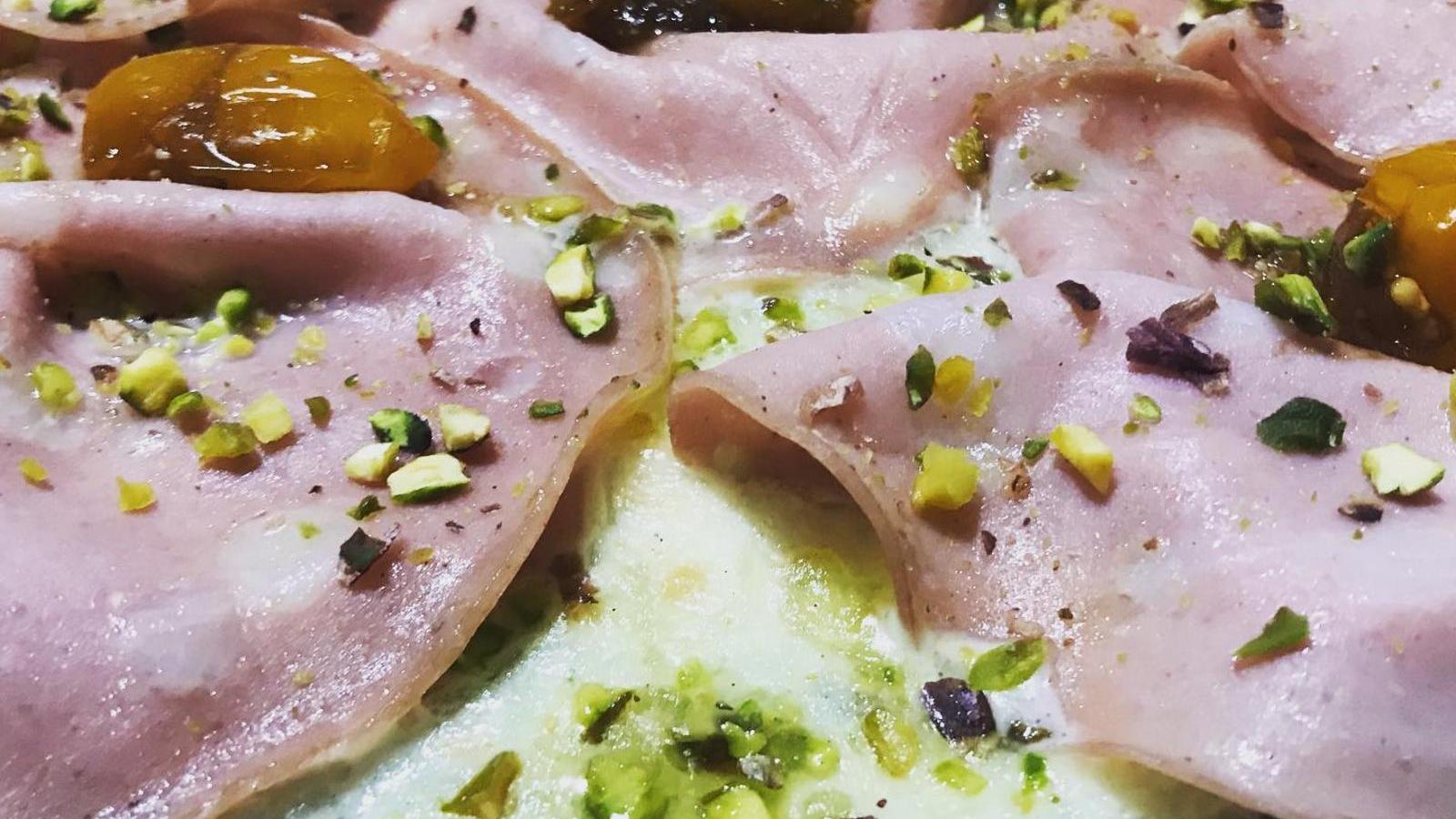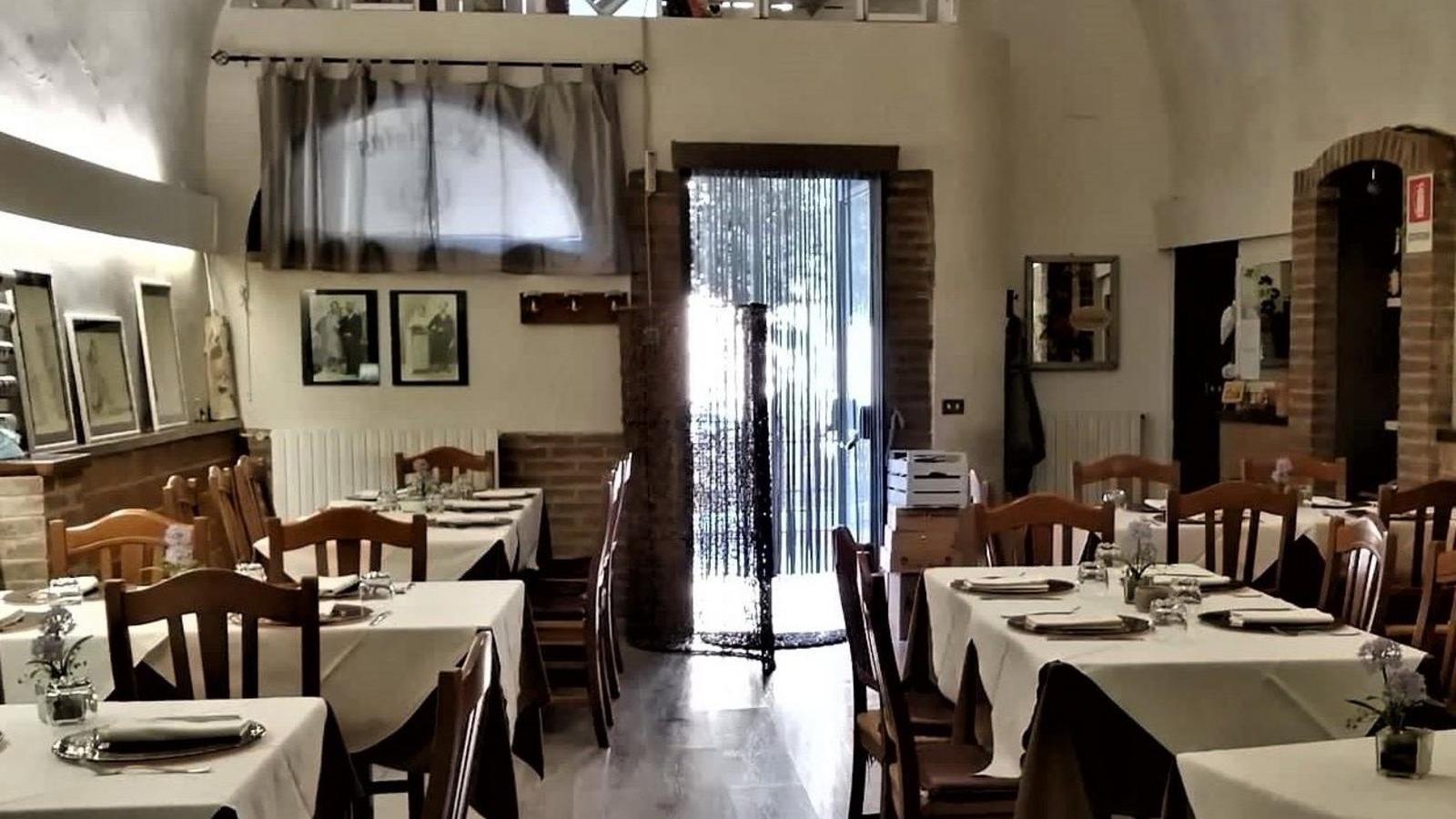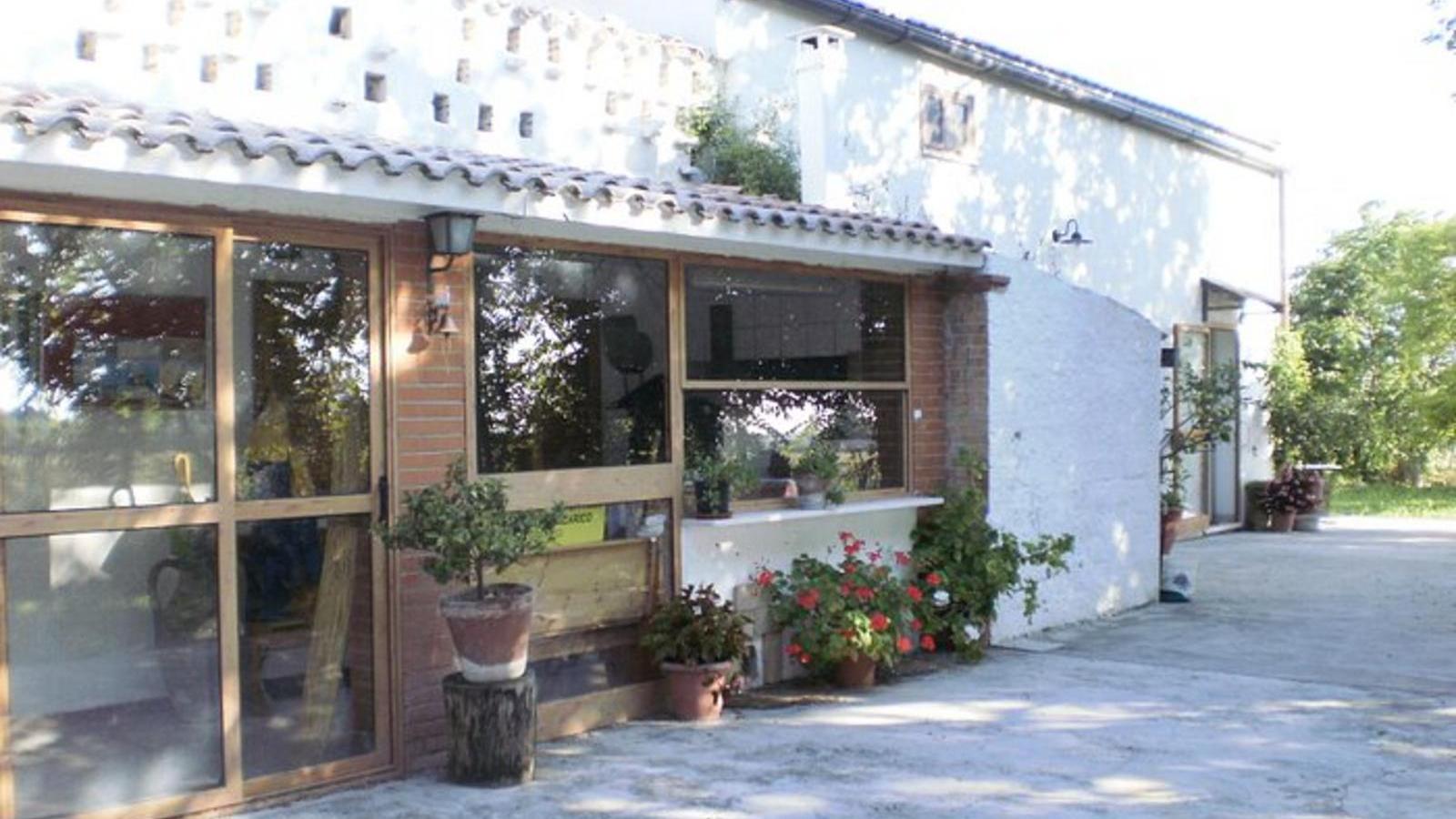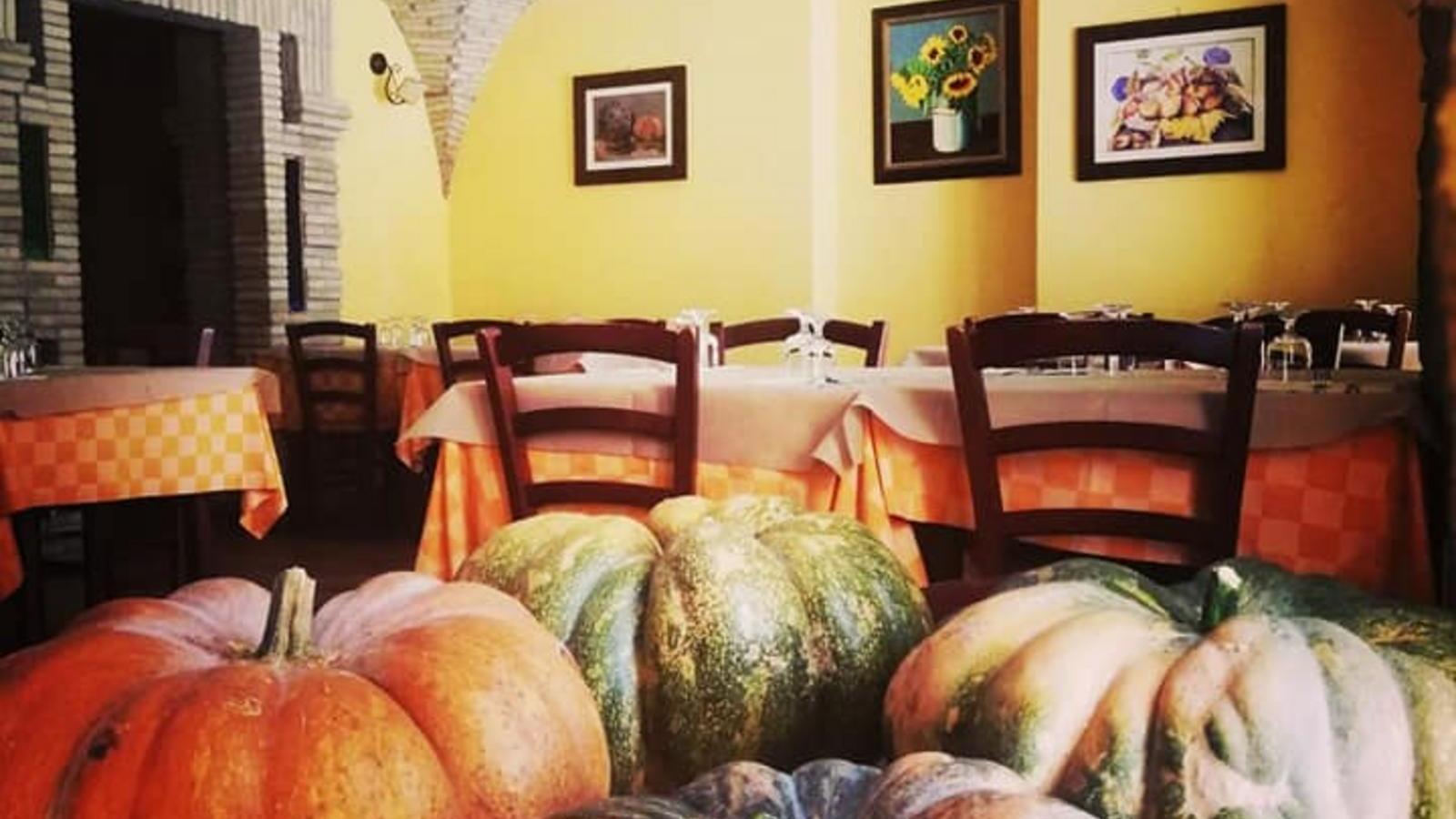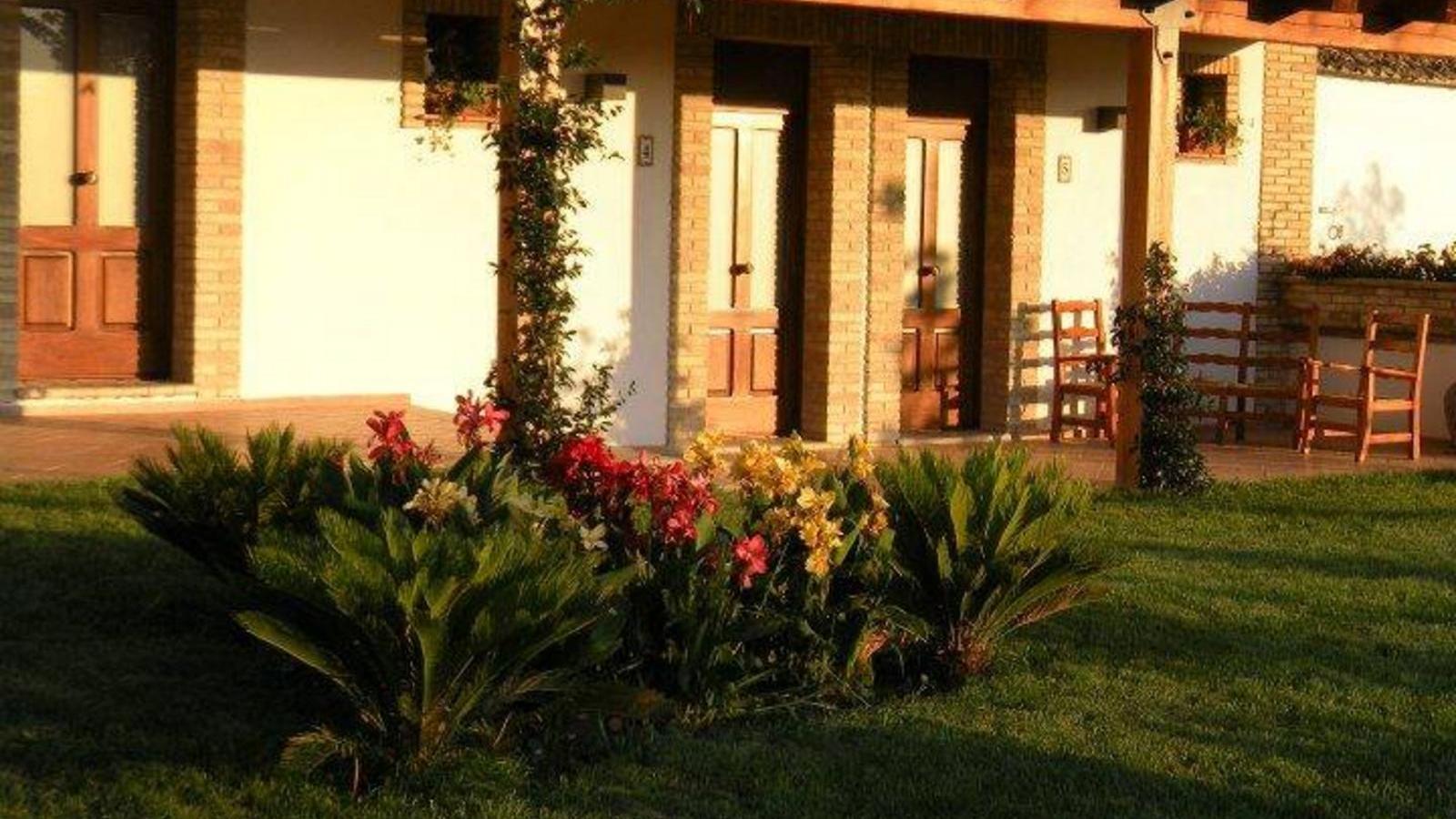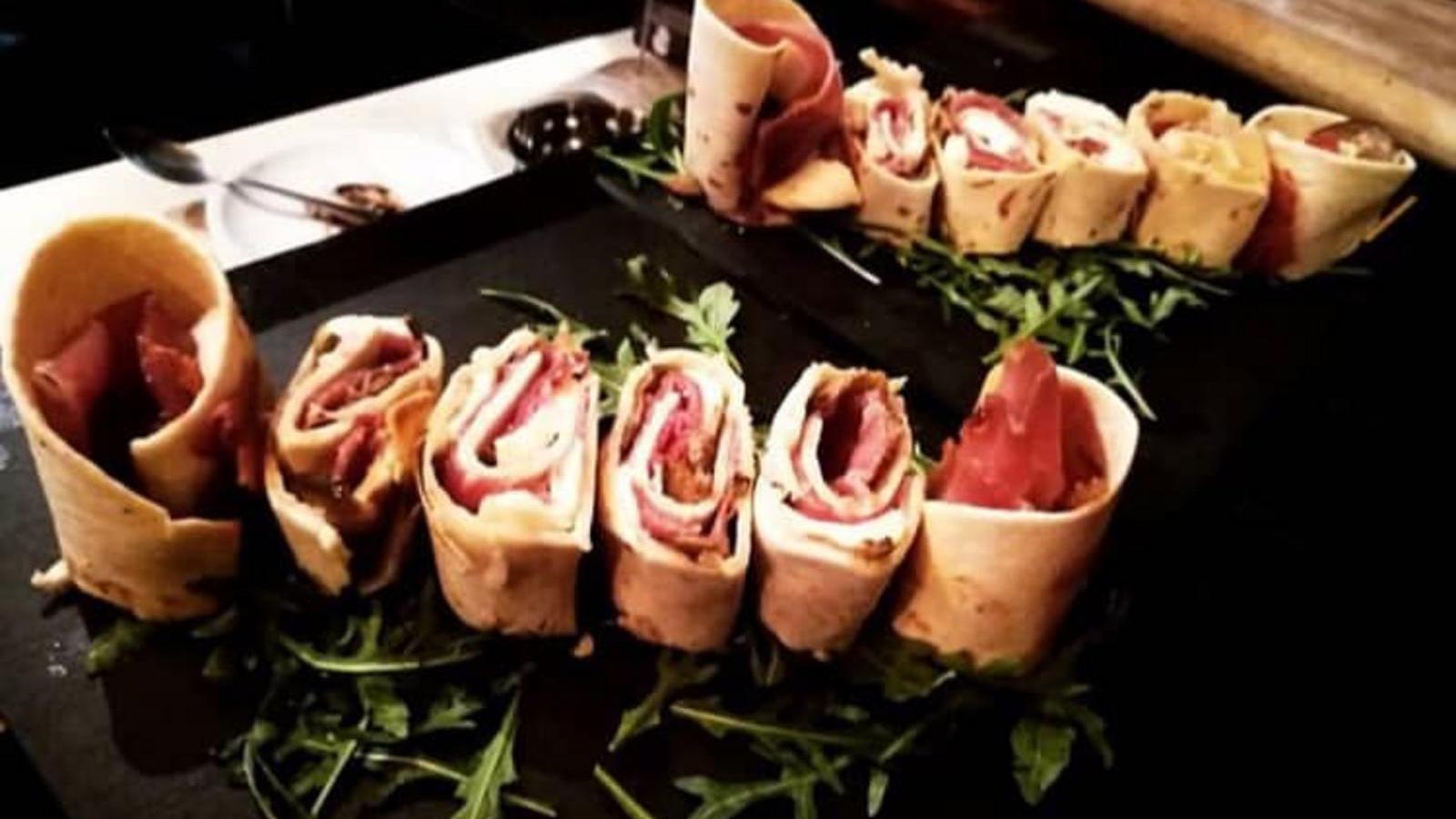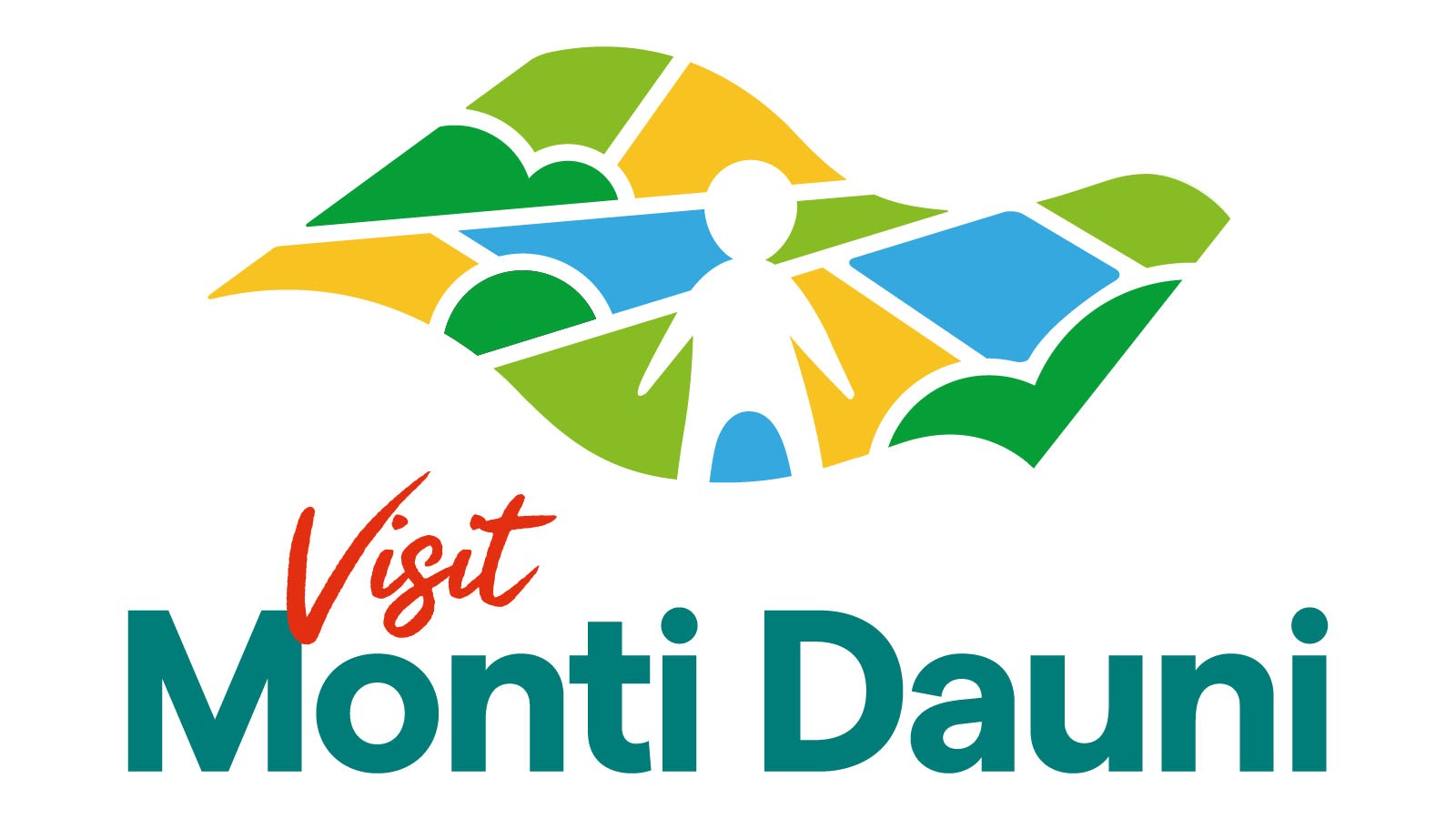Galleria Foto
Information
With Septimius Severus, Aecae opened to the penetration of Christianity and between the III-IV sec. it was erected in diocese, with the succession of three holy bishops: Mark (patron saint of Bovino), Eleuterius and Warden (patrons of Troy).
Falling into ruin due to the barbarian invasions, tradition attributes its destruction in 663 to Constans II. Four centuries of uncertainties followed, in which life was marked between the activities of two monasteries (one Basilian, the other Benedictine), connected by the so-called Way between two lands (Corso Umberto I).
The town was refounded as Troja by the Byzantine Catapanus Basil Bojoannes in 1019. Already in 1022 it was besieged by the German emperor Henry II, who after two months of useless fighting came to terms with the city, also thanks to the mediation of Pope Benedict VII. From this moment begins an indissoluble bond between Troy and the papacy, which involves the foundation of a new diocese and the transition to the Latin rite. Troy soon became a real symbol of the Guelph party in southern Italy; in less than 40 years, four Councils were held here.
The Church of San Basilio and the marvellous Cathedral dedicated to the Assumption date back to this brilliant period, in the vicinity of which the Via Francigena, crossed by Crusaders and Pilgrims, still cuts today. In 1139, after an epic resistance - immortalized in the bronze door of the Cathedral, sculpted by Oderisio (called "of Liberty") - Troy was subdued by the first king of Sicily, Roger II. The pacification with the new kingdom lasted only until the death (in 1197) of Henry VI.
The violent conflict re-emerged under Frederick II: the Swabian intention to give life to a secular, centralized, modern state inevitably clashed with the Guelph tradition of the Trojan civitas. The Swabian emperor in 1229 conquered the city and razed it to the ground, banishing its inhabitants. The population could not return to the city until 1266, when Charles of Anjou, defeated Manfred, became the new king of Sicily.
Between the fourteenth and fifteenth centuries the city is a fief of several families and in 1500 with the treaty of Granada becomes Spanish rule. In 1528 Count Gavaniglia offered shelter within the city walls to the Spanish soldiers chased by the French after the sack of Rome (1527). Surrounded by French militia, the city was saved because the Trojans made the Spanish flee at night and opened the doors to the French who therefore limited themselves to plundering.
For the help received, Charles V granted her many privileges and modified the coat of arms: the sow who suckled 7 little pigs replaced 5 snakes darting from an amphora of gold surmounted by a crown, a perennial memory of the cunning of its inhabitants. The subsequent history of Troy is linked to the work of the Fatebenefratelli who introduced the cult of Saint John of God and managed the city hospital and the Marquises D'Avalos of Vasto; in more recent times to the figure of Antonio Saladra, who was President of the Council between 1914 and 1916.
In addition to the amazing Cathedral of Santa Maria dell'Assunta, Troia presents countless architectural and artistic jewels: the aforementioned Church of San Basilio, the Church of San Domenico, the Church of San Francesco, the Church of Addolorata , the Episcopio Palace, the Treasure Museum of the Cathedral, the Diocesan Museum, the Civic Museum. Thanks to the huge deposit of history, culture and art that it preserves, Troia has been awarded the Orange Flag of the Italian Touring Club.


